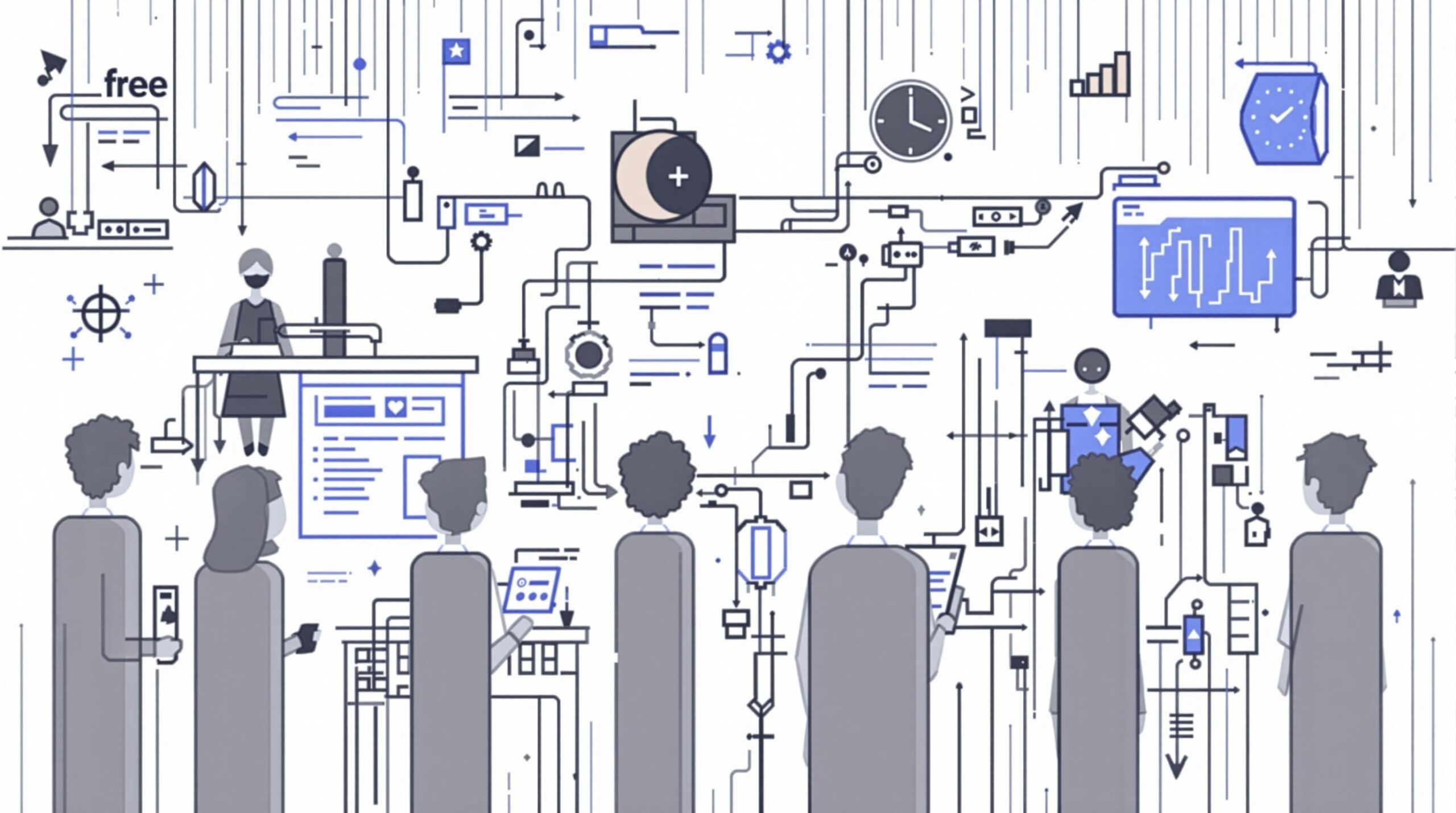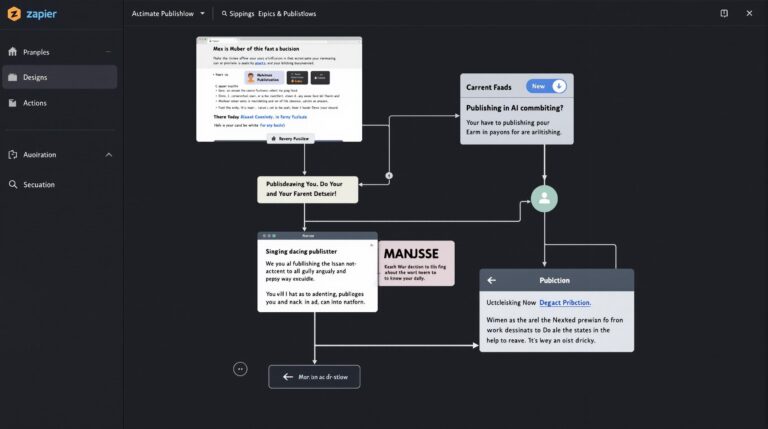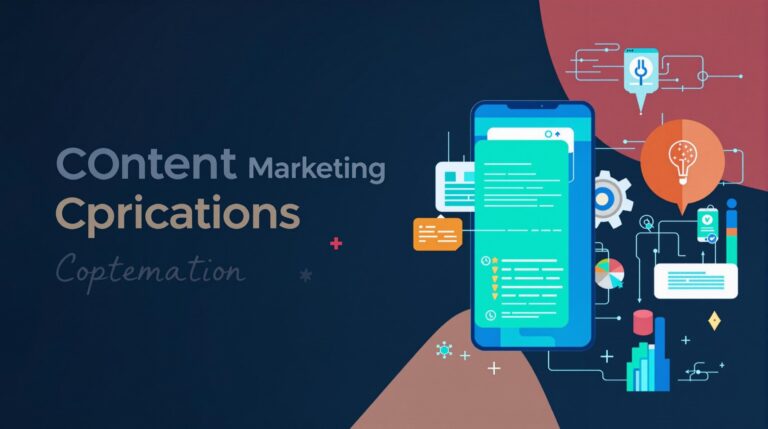New EU Regulations Aim to Reshape the Future of Automated Content Creation
The European Union has unveiled landmark regulations to govern AI-generated content through the EU AI Act and Digital Services Act, establishing a comprehensive framework for automated content creation. These regulations, effective from February 2024 (DSA) and 2025 (AI Act), introduce stringent requirements for transparency, risk management, and accountability that will fundamentally reshape how AI content is developed, deployed, and moderated across digital platforms.
- The EU AI Act establishes a four-tier risk classification system with penalties up to €35 million or 7% of global revenue for non-compliance
- Large language models serving more than 10,000 EU users must undergo systematic risk evaluations and document training data sources
- Platforms must remove illegal content within 24 hours and implement visible watermarks on AI-generated content
- Ad targeting using sensitive personal data is banned, with specific protections for users under 17
- Regulatory sandboxes and open-source exemptions aim to support EU-based AI innovation while maintaining safety standards
The EU’s Tiered Approach to AI Risk Management
The European Union has introduced a sophisticated risk-based framework through the EU AI Act that categorizes automated systems according to their potential harm. This approach addresses the varying degrees of risk that different AI applications present to society and individuals.
The framework consists of four distinct tiers:
- Unacceptable risk: Systems designed for manipulation or social scoring are outright banned
- High-risk: Automated content moderation tools require conformity assessments and human oversight
- Limited risk: Applications like chatbots must meet transparency requirements
- Minimal risk: Basic tools such as spam filters face minimal regulation
For high-risk systems, developers must implement logging capabilities to track decisions and maintain human oversight throughout operation. This is a significant departure from the largely unregulated approach in most non-EU markets, though California’s SB942 is following suit with AI content labeling requirements set to take effect in 2026.
The financial stakes for non-compliance are substantial. Companies violating these regulations face fines up to €35 million or 7% of global annual revenue, whichever is higher, creating a powerful incentive for compliance even among tech giants.
Transparency Requirements for Generative AI Models
Large language models like ChatGPT face extensive transparency obligations under the new EU framework. These requirements aim to address concerns about AI-generated misinformation and copyright infringement that have plagued the industry.
Models serving more than 10,000 EU users must:
- Clearly disclose when content is AI-generated
- Implement technical safeguards to prevent illegal outputs
- Publish summaries of copyrighted training data
- Document all data sources used during model development
- Complete rigorous testing for biases and accuracy
The regulations also establish a 14-day incident reporting timeline for serious issues such as the generation of harmful misinformation or privacy breaches. This creates a mechanism for rapid regulatory response to emerging problems.
OpenAI’s 2024 transparency report has already begun to align with these requirements, listing 2.3 million licensed texts used in training GPT-5. This level of documentation represents a significant shift toward greater accountability in AI development practices.
Digital Services Act: Reshaping Content Moderation
The Digital Services Act (DSA), fully implemented in February 2024, introduces stringent content moderation requirements that directly impact how platforms handle automated and user-generated content.
Key provisions include:
- 24-hour removal timeline for reported illegal content
- Mandatory suspension of repeat offenders
- Required disclosure of recommendation algorithm functioning
- Alternative, non-profiled content feeds for users
These rules are already showing measurable impact. Meta reported removing 3.4 million hate speech posts in Q4 2024, with 92% flagged by automated systems. This demonstrates how AI is being deployed to meet compliance requirements while handling massive content volumes.
Platforms with more than 45 million EU users face additional requirements, including regular risk assessments and independent audits. X (formerly Twitter) reportedly invested €12 million in 2024 on transparency tools to meet these obligations—an indication of the significant compliance costs involved.
The DSA defines illegal content broadly to include hate speech, deepfakes that cause harm, and other problematic material. This comprehensive approach contrasts with the more fragmented regulatory landscape in other regions.
Advertising and Data Use Restrictions
The EU regulations implement strict controls on how automated systems can use personal data for advertising, with particular emphasis on protecting vulnerable users.
Key restrictions include:
- Ban on ad targeting using sensitive personal data such as race, religion, or political beliefs
- Prohibition on serving targeted advertisements to users under 17
- Limitations on user profiling without explicit consent
Google has reported a 78% reduction in underage ad exposure since implementing DSA compliance measures. This demonstrates the tangible impact these regulations can have on protecting younger users from manipulative advertising.
These provisions stand in sharp contrast to the less regulated U.S. market, where targeted advertising practices face fewer restrictions. California’s AB2013, set to take effect in 2026, represents the only comparable U.S. regulation currently on the horizon.
Synthetic Media Governance
AI-generated images, videos, and text face specific governance requirements under the new regulations, addressing concerns about deepfakes and copyright infringement.
The synthetic media rules require:
- Visible watermarks and embedded metadata identifying AI-generated content
- Clear provenance data showing the creator and AI tools used
- Documentation of training data sources
- Compensation mechanisms for rights holders whose work was used in training
Major AI image generators like MidJourney and Stable Diffusion have begun implementing metadata embedding in their outputs to comply with these requirements. This technical approach ensures transparency while maintaining the utility of the generated content.
The regulations also mandate user appeal mechanisms for AI-flagged content. YouTube reported reversing 12% of AI-flagged takedowns after human review in 2024, highlighting the importance of these appeal processes in correcting automated mistakes.
The Getty v. Stability AI case (2023) has become a reference point for these regulations, underscoring the need for clear rules about training data permissions and compensation.
Supporting Innovation While Ensuring Compliance
Recognizing the need to balance safety with innovation, the EU has included provisions to support smaller companies and beneficial AI development:
- Regulatory sandboxes allow testing of AI tools without full compliance burdens
- Open-source exemptions for non-profit AI projects that don’t monetize outputs
- Gradual implementation timelines giving businesses time to adapt
In 2024, approximately 1,200 small and medium enterprises participated in regulatory sandboxes, including AI music generator Soundraw. These environments provide valuable testing grounds where startups can refine their technology while working toward full compliance.
Non-profit projects like EleutherAI benefit from specific exemptions designed to foster open research and innovation. This approach differs from the U.S. National AI Research Resource, which focuses more on providing computational resources than regulatory guidance.
These supportive measures help ensure that compliance costs don’t simply concentrate power in the hands of tech giants who can afford extensive legal teams.
Global Impact and Enforcement
The EU regulations have significance far beyond European borders, with global platforms adjusting their practices to meet these stringent standards.
The newly established EU AI Office oversees compliance with broad audit powers. In early 2025, this body flagged 14 high-risk models for inadequate safeguards, demonstrating active enforcement.
Non-EU companies serving EU users must comply with these regulations regardless of their location. ByteDance, TikTok’s parent company, hired 300 EU-based moderators specifically for compliance purposes—a clear indication of how seriously global companies are taking these rules.
The regulatory approach is inspiring similar measures globally. California’s SB942, taking effect in 2026, mirrors many EU rules by requiring AI content labels and opt-out options. Industry analysts estimate that 60% of global platforms will adopt EU-style rules by 2027 to streamline compliance across markets.
This convergence suggests that the EU has established itself as the de facto global standard-setter for AI content regulation, creating a “Brussels effect” where companies find it easier to comply universally rather than maintaining different standards for different markets.
Preparing for the Regulated Future of AI Content
As these regulations take full effect, companies using automated content creation must take concrete steps to ensure compliance:
- Implement transparent documentation of all AI training data sources
- Develop clear watermarking and labeling for AI-generated outputs
- Create risk assessment protocols for high-risk applications
- Establish human oversight mechanisms for content moderation
- Build user-friendly appeal processes for automated decisions
Organizations that leverage content automation at scale must balance efficiency with these new compliance requirements. While the regulatory burden is significant, it also creates opportunities for companies that can demonstrate responsible AI use.
The integration of these compliance measures with content automation and SEO strategies will be crucial for businesses wanting to maintain competitive advantage while meeting legal obligations.
For content marketers, understanding how AI is transforming content marketing within this new regulatory context is essential for developing sustainable, compliant strategies.
The EU’s comprehensive approach to regulating automated content creation sets a new global standard that balances innovation with accountability, transparency, and user protection. As these regulations become the norm, they will fundamentally reshape how AI-generated content is created, distributed, and moderated across the digital landscape.
Sources:
European Parliament – EU AI Act: First Regulation on Artificial Intelligence
Chicago Policy Review – The EU’s Digital Services Act Takes on the Algorithm
Holistic AI – EU AI Act
Algorithm Watch – DSA Explained
Acrolinx – AI Laws for Content Creation








